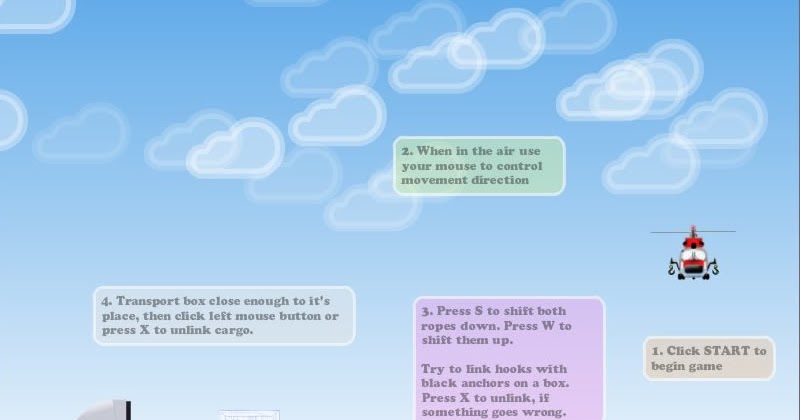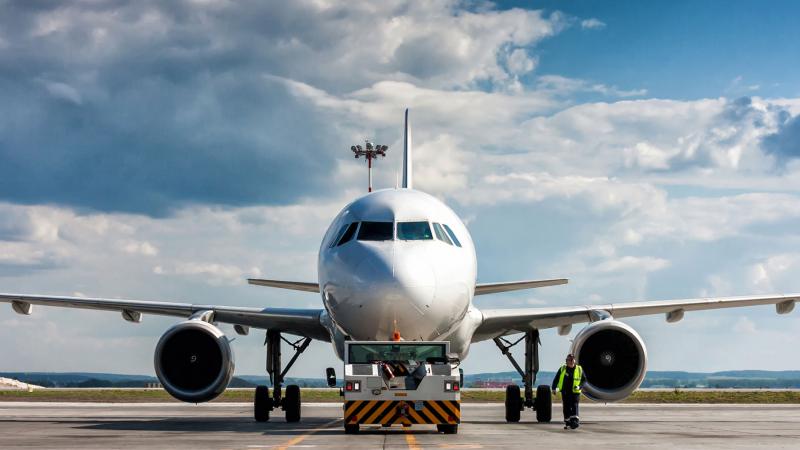Air transport is regarded as the only means of transport in those areas which are not easily accessible to other modes of transport. It is therefore accessible to all areas regardless the obstruction of land.

- InterGlobe Air Transport Ltd. (IGAT) is a leading GSA in India representing more than 12 international airlines and a car rental company in India.
- Air-Transporter, a free online Puzzle & Skill game brought to you by Armor Games. Control a high-power helicopter, handling all sorts of cargo as you go from one level to another. Build towers, quench (or start) fires, battle against tanks at wartime, and much more.
- An air ambulance ride can cost tens of thousands of dollars. Most medical air transports are operated by private companies. Medical air transportation can be used domestically or abroad. There are resources available for low-income individuals.
New York, Jan. 21, 2021 (GLOBE NEWSWIRE) -- Reportlinker.com announces the release of the report 'Air Transport Global Market Report 2021: COVID 19 Impact and Recovery to 2030' - https://www.reportlinker.com/p06009757/?utm_source=GNW
52 billion in 2020 to $648.87 billion in 2021 at a compound annual growth rate (CAGR) of 13.5%. The growth is mainly due to the companies rearranging their operations and recovering from the COVID-19 impact, which had earlier led to restrictive containment measures involving social distancing, remote working, and the closure of commercial activities that resulted in operational challenges. The market is expected to reach $832.79 billion in 2025 at a CAGR of 6%.
The air transport services market consists of sales of air transportation services and related goods by entities (organizations, sole traders and partnerships) that use aircraft, such as airplanes and helicopters, to provide air transportation of passengers and/or cargo. The market includes services offered by both scheduled and nonscheduled air carriers. Revenues from the sales of auxiliary in-flight services such as meals, snacks, beverages, and duty-free shopping, provided by companies are also included in this market. Scenic and sightseeing air transportation and air courier services are not included in the air transport services market. The air transportation market is segmented into passenger air transport; chartered air transport and air cargo services.
Asia Pacific was the largest region in the global air transport market, accounting for 32% of the market in 2020. North America was the second largest region accounting for 30% of the global air transport market. Africa was the smallest region in the global air transport market.
The use of analytics is rapidly growing in the aviation industry to capture critical insights from customers and operations data. It allows airlines to offer personalized services to its customers by using data analytics tools at every customer touch point. The growing use of analytics in the aviation industry is mainly a result of increasing competition between airlines. As a result, commercial airlines are looking to enhance customer satisfaction levels by analyzing parameters such as ticket sales and passenger profile and purchase history. For instance, Chicago-based United Airlines analyzes 150 variables in a customer profile to offer a more personalized offer. Major companies using analytics in the aviation industry are Southwest Airlines, Delta Airlines, United Airlines.
Read the full report: https://www.reportlinker.com/p06009757/?utm_source=GNW
About Reportlinker
ReportLinker is an award-winning market research solution. Reportlinker finds and organizes the latest industry data so you get all the market research you need - instantly, in one place.
__________________________
During World War II, airlines worked closely with the military to further the war effort by transporting people and materiel. The airlines were well-prepared to play their part in the war effort — plans for their wartime mobilization had been drafted in 1937 by Edgar Gorrell of the industry’s Air Transport Association.

When the United States entered World War II four years later, the plan was put into action, and the airlines immediately began working closely with the military to coordinate the transport of aircraft, cargo, and personnel throughout the country and around the world.
TWA transferred its entire fleet of five Boeing 307s, along with their flight crews, to the ATC. The airline opened regular transatlantic service in 1942.
Two hundred of the nation’s 360 airliners – particularly the superlative Douglas DC-3s - were drafted for the war effort and placed under the control of the Air Transport Command (ATC). The ATC was formed in June 1942 at the order of U.S. Army Air Forces leader Gen. Henry H. “Hap” Arnold, who wanted to unify civilian and military air transport operations. Airline pilots and flight crew, many of whom were reserve officers in the military, were also called into the ATC and joined their military counterparts. The airline pilots possessed critical knowledge and experience in how to operate a regularly scheduled service over long distances. The ATC was organized by Gen. Robert Olds and later Gen. Harold George. They benefited immensely from the experience of American Airlines president Maj. Gen. C. R. Smith, who served as executive officer.
Air Transport Command flight crew wore a distinctive khaki uniform.

The ATC functioned as an enormous international airline, combining the efforts of the Ferry Command, which moved combat aircraft around the world, and the Air Service Command, which moved cargo and personnel.
The ATC’s Ferrying Division, which included the famous Women Airforce Service Pilots (WASP), replaced the Army Air Forces Ferrying Command and delivered newly-built aircraft from their factories to training bases or ports of embarkation. From there, the aircraft were flown to overseas destinations including war zones.
The ATC’s Air Transportation Division quickly established a vast national and international route network. The ATC built chains of airfields with concrete runways around the world so that heavy transports could operate anywhere. The first major route opened in 1942 to Brazil and across the south Atlantic to Africa and the Middle East, flying much needed weapons, ammunition, and supplies to the British and other Allied forces who were fighting the German Afrika Corps.
Air Transporter Friv
In 1943, the ATC opened regular service across the north Atlantic, despite treacherous weather conditions, to support the operations of the Eighth Air Force and the huge Allied build-up to the D-Day invasion of June 6, 1944. Following the landings, the ATC supported the Allied advances in western Europe and Italy, delivering supplies and evacuating the most severely wounded. During the liberation of France, they carried almost 3,600 pounds of whole blood into Paris to treat wounded combatants.
The Air Transport Command directly supported Allied operations in the Pacific, reinforcing Australia while supporting America’s advance through the central and southwest Pacific, particularly resupplying the Boeing B-29s in the Marianas, as the 20th Air Force opened its devastating bombing attacks on the Japanese mainland beginning in late 1944.
Air Transporter 2
The Douglas C-54 became the backbone of the ATC, with its excellent range and reliability. It could carry up to 10,000 lbs of cargo, two and a half times more than the Douglas C-47.
Perhaps the ATC’s greatest feat was in the China-Burma-India theater. Using C-47s, larger Curtiss C-46s, four engine Consolidated C-87s, and Douglas C-54s, the ATC flew from bases in India across the treacherous “Hump” of the Himalayan Mountains, fighting unpredictable weather and with no navigation aids, to reinforce Nationalist Chinese and American forces solely by air, as the Japanese had cut off all land and sea routes used by the beleaguered Chinese forces. From July 1942 until December 1945, the ATC delivered 650,000 tons of desperately-needed cargo. The cost was high and 549 aircraft and 1,649 crew members were lost. But China did not fall. Although the ATC was theoretically a non-combat organization, President Roosevelt awarded them the Distinguished Unit Citation for their herculean accomplishment.
By the end of the war, the ATC operated a huge fleet of 3,700 aircraft with 209,000 military and 104,000 civilian personnel. In its last full month of operation (July 1945) alone, the ATC delivered 100,000 tons of cargo and transported 275,000 high-value passengers, particularly VIPs and wounded servicemen, with most on overseas flights.
The ATC carried stars around the globe to entertain American troops. In this photo, legendary singer Frank Sinatra boards an ATC C-47 to return home from performing for the troops in the Mediterranean theatre.
Air Transporter Game
The Air Transport Command lasted until June 1, 1948, after the formation of the U.S. Air Force. At that time, it was merged into the comparable, though smaller, Naval Air Transport Service, to create the Military Air Transport Service. This unified America’s airlift capability in time to confront another challenge, the Berlin Airlift. But that is another story.

Air Transporter 2
F. Robert van der Linden is Curator of Air Transportation and Special Purpose Aircraft.
